[Before They Pass Away] Project by Photographer Jimmy Nelson
Advertisements:
[Asaro from the Eastern Highlands]. The mudmen could not cover their faces with mud because the people of Papua New Guinea thought that the mud from the Asaro river was poisonous. So instead of covering their faces with this alleged poison, they made masks from pebbles that they heated and water from the waterfall, with unusual designs such as long or very short ears either going down to the chin or sticking up at the top, long joined eyebrows attached to the top of the ears, horns and sideways mouths. (Photo and caption by Jimmy Nelson)
The Asaro cover themselves in mud, wear terrifying masks and brandish spears. Legend has it that the Mudmen were defeated by an enemy tribe and forced to flee into the Asaro River. They waited until dusk before attempting to escape. The enemy saw them rise from the muddy banks covered in mud and thought they were spirits. Terrified, they ran back to their village. After that episode, all of the neighbouring villages came to believe the Asaro had the spirits of the river on their side. Clever elders of the village saw the advantage of this and kept the illusion alive. (Photo and caption by Jimmy Nelson)
[Chukchi]. The ancient Arctic Chukchi live on the peninsula of the Chukotka. Unlike other native groups of Siberia, they have never been conquered by Russian troops. Their environment and traditional culture endured destruction under Soviet rule, by weapons testing and pollution. (Photo and caption by Jimmy Nelson)
The staple foods eaten by the inland Chukchi are products of reindeer farming: boiled venison, reindeer brains and bone marrow, and reindeerblood soup. One traditional dish, rilkeil, is made from semi-digested moss from a slaughtered reindeer’s stomach mixed with blood, fat, and pieces of boiled reindeer intestine. Coastal Chukchi cuisine is based on boiled walrus, seal, whale meat/fat and seaweed. Both groups eat frozen fish and edible leaves and roots. Traditional Chukchi cuisine is now supplemented with canned vegetables and other foodstuffs purchased in stores. (Photo and caption by Jimmy Nelson)
Sculpture and carving on bone and walrus tusk are the most highly developed forms of folk art among the Chukchi. Common traditional themes are landscapes and scenes from everyday life: hunting parties, reindeer herding and animals native to Chukotka. In traditional Chukchi society, only men engage in these arts. Chukchi women are skilled at sewing and embroidering. (Photo and caption by Jimmy Nelson)
Due to the harsh climate and difficulty of life in the tundra, hospitality and generosity are highly prized among the Chukchi. They believe that all natural phenomena are considered to have their own spirits. Traditional lifestyle still survives but is increasingly supplemented. (Photo and caption by Jimmy Nelson)
[Goroka] (capital of the Eastern Highlands Province of Papua New Guinea). The indigenous population of the world’s second largest island is one of the most heterogeneous in the world. The harsh terrain and historic inter-tribal warfare has lead to village isolation and the proliferation of distinct languages. A number of different tribes are scattered across the highland plateau. (Photo and caption by Jimmy Nelson)
Life is simple in the highland villages. The residents have plenty of good food, close-knit families and a great respect for the wonders of nature. They live by hunting, gathering plants and growing crops. Tribal warfare is a common and men go to great effort to impress the enemy with make-up and ornaments. (Photo and caption by Jimmy Nelson)
Gogine Boy. (Photo and caption by Jimmy Nelson)
The Himba are an ancient tribe of tall, slender and statuesque herders. Since the 16th century they have lived in scattered settlements, leading a life that has remained unchanged, surviving war and droughts. The tribal structure helps them live in one of the most extreme environments on earth. (Photo and caption by Jimmy Nelson)
[Huli]. It is believed that the first Papua New Guineans migrated to the island over 45000 years ago. Today, over 3 million people, half of the heterogeneous population, live in the highlands. Some of these communities have engaged in low-scale tribal conflict with their neighbours for millennia. (Photo and caption by Jimmy Nelson)
The tribes fight over land, pigs and women. Great effort is made to impress the enemy. The largest tribe, the Huli wigmen, paint their faces yellow, red and white and are famous for their tradition of making ornamented wigs from their own hair. An axe with a claw completes the intimidating effect. (Photo and caption by Jimmy Nelson)
The Tari Valley, with magnificent views of the valley below and surrounding peaks. High mountain forests with roaring waterfalls. Life is simple in the highland villages. The residents have plenty of good food, close-knit families and a great respect for the wonders of nature. The highlanders live by hunting, done primarily by men, and by gathering plants and growing crops, done primarily by women. The men help clear the land, but the rest of the cultivation is the responsibility of the women. (Photo and caption by Jimmy Nelson)
[Kalam]. The eastern half of New Guinea gained full independence from Australia in 1975, when Papua New Guinea was born. The indigenous population is one of the most heterogeneous in the world. Traditionally, the different tribes scattered across the highland plateau, live in small agrarian clans. (Photo and caption by Jimmy Nelson)
The crowns of the head-dresses are decorated with bird feathers comprising those of the cockatoo, parrots, lorikeets and bird of paradise species. Small round kina shells are hooked on to and hang suspended from the hole in the nose while others insert King of Saxony
bird of paradise feathers. (Photo and caption by Jimmy Nelson)
bird of paradise feathers. (Photo and caption by Jimmy Nelson)
The highlanders live by hunting, done primarily by men, and by gathering plants and growing crops, done primarily by women. The men help clear the land, but the rest of the cultivation is the responsibility of the women. The residents have plenty of good food, close-knit families and a great respect for the wonders of nature. (Photo and caption by Jimmy Nelson)
The Kazakhs are the descendants of Turkic, Mongolic and Indo-Iranian tribes and Huns that populated the territory between Siberia and the Black Sea. They are a semi-nomadic people and have roamed the mountains and valleys of western Mongolia with their herds since the 19th century. (Photo and caption by Jimmy Nelson)
The Kazakhs are a semi-nomadic, pastoral people. Many families move several times a year with their herds between fixed seasonal settlements. Others with smaller herds stay closer to their winter home during the summer but will nevertheless set up a yurt (kiiz yi, meaning [felt house]). The summertime yurt (and to a lesser extent the winter house) is richly furnished with embroidered, felt and woven textiles. (Photo and caption by Jimmy Nelson)
The ancient art of eagle hunting is one of many traditions and skills that the Kazakhs have, in recent decades, been able to hold on to. They rely on their clan and herds, believing in pre-Islamic cults of the sky, the ancestors, fire and the supernatural forces of good and evil spirits. (Photo and caption by Jimmy Nelson)
[Maori]. The long and intriguing story of the origine of the indigenous Maori people can be traced back to the 13th century, the mythical homeland Hawaiki, Eastern Polynesia. Due to centuries of isolation, the Maori established a distinct society with characteristic art, a separate language and unique mythology. (Photo and caption by Jimmy Nelson)
Defining aspects of Maori traditional culture include art, dance, legends, tattoos and community. While the arrival of European colonists in the 18th centure had a profound impact on the Maori way of life, many aspects of traditional society have survived into the 21th century. (Photo and caption by Jimmy Nelson)
Kai is the Maori word for food. The Maori diet was based on birds and fish, supplemente by wild herbs and roots. In their tribal gardens, Maori also grew root crops including yams, gourds and kumara (sweet potatoes). (Photo and caption by Jimmy Nelson)
The haka war dance, meant to intimidate the enemy, is one of the best-known cultural traditions of the Maori. These dances are accompanied by song and body percussion created by clapping hands, stomping feet and slapping thighs. The dance itself involves energetic postures representing warlike and aggressive poses. (Photo and caption by Jimmy Nelson)
![[Asaro from the Eastern Highlands]. The mudmen could not cover their faces with mud because the people of Papua New Guinea thought that the mud from the Asaro river was poisonous. So instead of covering their faces with this alleged poison, they made masks from pebbles that they heated and water from the waterfall, with unusual designs such as long or very short ears either going down to the chin or sticking up at the top, long joined eyebrows attached to the top of the ears, horns and sideways mouths. (Jimmy Nelson) [Asaro from the Eastern Highlands]. The mudmen could not cover their faces with mud because the people of Papua New Guinea thought that the mud from the Asaro river was poisonous. So instead of covering their faces with this alleged poison, they made masks from pebbles that they heated and water from the waterfall, with unusual designs such as long or very short ears either going down to the chin or sticking up at the top, long joined eyebrows attached to the top of the ears, horns and sideways mouths. (Jimmy Nelson)](http://img.gagdaily.com/uploads/posts/edu/2013/thumbs/00010754_medium.jpg)
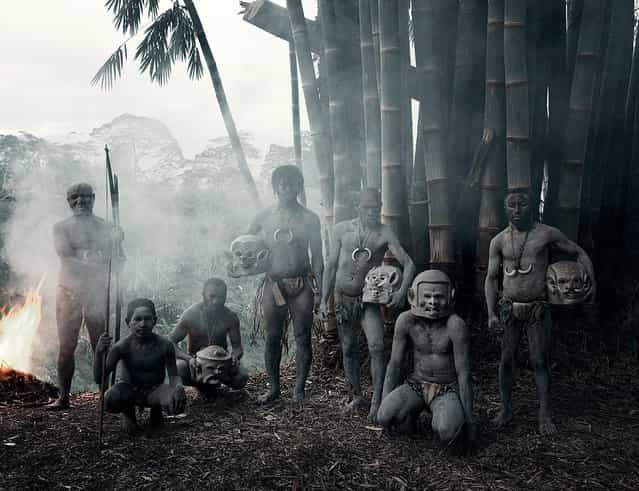
![[Chukchi]. The ancient Arctic Chukchi live on the peninsula of the Chukotka. Unlike other native groups of Siberia, they have never been conquered by Russian troops. Their environment and traditional culture endured destruction under Soviet rule, by weapons testing and pollution. (Jimmy Nelson) [Chukchi]. The ancient Arctic Chukchi live on the peninsula of the Chukotka. Unlike other native groups of Siberia, they have never been conquered by Russian troops. Their environment and traditional culture endured destruction under Soviet rule, by weapons testing and pollution. (Jimmy Nelson)](http://img.gagdaily.com/uploads/posts/edu/2013/thumbs/00010753_medium.jpg)

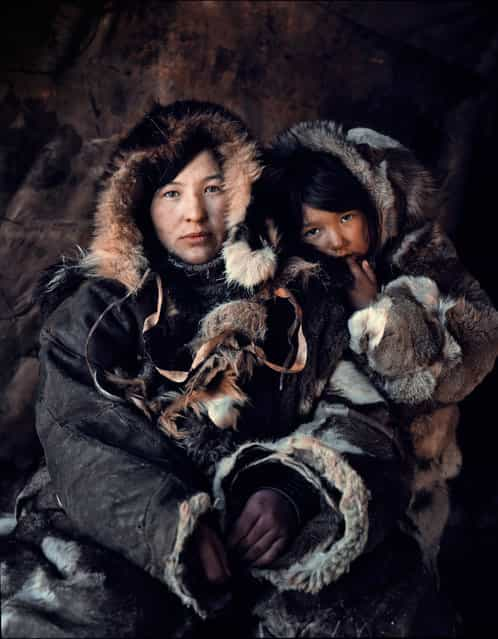

![[Goroka] (capital of the Eastern Highlands Province of Papua New Guinea). The indigenous population of the world’s second largest island is one of the most heterogeneous in the world. The harsh terrain and historic inter-tribal warfare has lead to village isolation and the proliferation of distinct languages. A number of different tribes are scattered across the highland plateau. (Jimmy Nelson) [Goroka] (capital of the Eastern Highlands Province of Papua New Guinea). The indigenous population of the world’s second largest island is one of the most heterogeneous in the world. The harsh terrain and historic inter-tribal warfare has lead to village isolation and the proliferation of distinct languages. A number of different tribes are scattered across the highland plateau. (Jimmy Nelson)](http://img.gagdaily.com/uploads/posts/edu/2013/thumbs/00010758_medium.jpg)
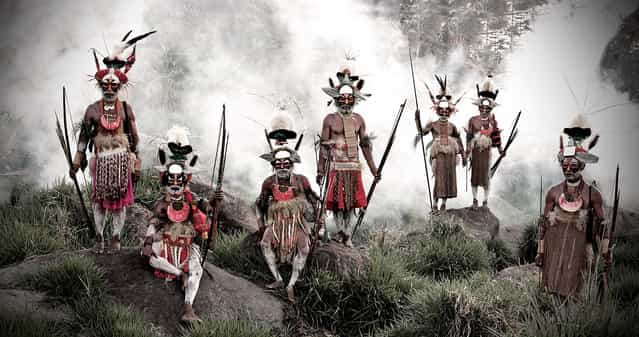
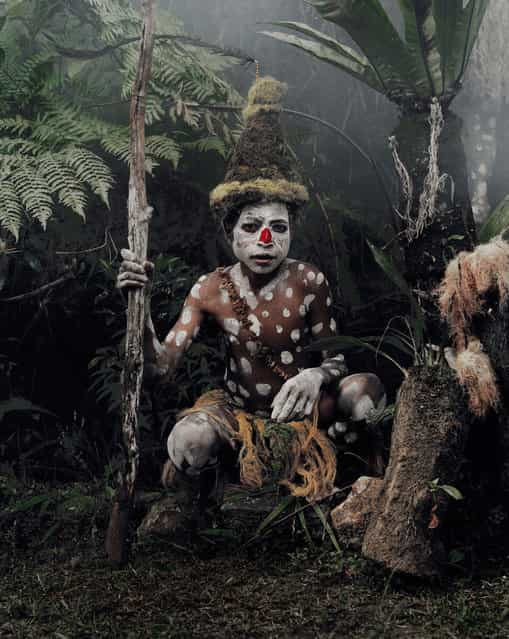
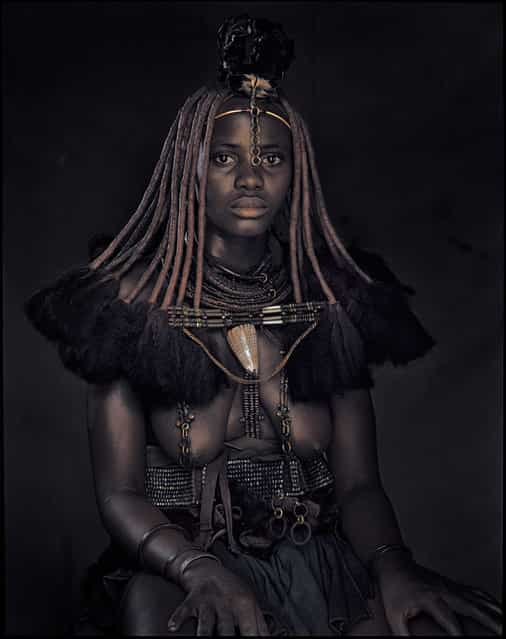
![[Huli]. It is believed that the first Papua New Guineans migrated to the island over 45000 years ago. Today, over 3 million people, half of the heterogeneous population, live in the highlands. Some of these communities have engaged in low-scale tribal conflict with their neighbours for millennia. (Jimmy Nelson) [Huli]. It is believed that the first Papua New Guineans migrated to the island over 45000 years ago. Today, over 3 million people, half of the heterogeneous population, live in the highlands. Some of these communities have engaged in low-scale tribal conflict with their neighbours for millennia. (Jimmy Nelson)](http://img.gagdaily.com/uploads/posts/edu/2013/thumbs/0001075c_medium.jpg)

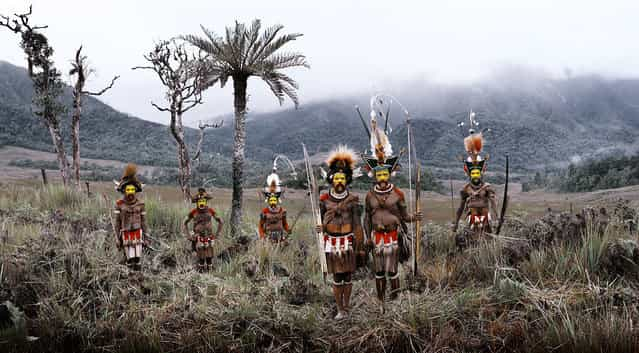
![[Kalam]. The eastern half of New Guinea gained full independence from Australia in 1975, when Papua New Guinea was born. The indigenous population is one of the most heterogeneous in the world. Traditionally, the different tribes scattered across the highland plateau, live in small agrarian clans. (Jimmy Nelson) [Kalam]. The eastern half of New Guinea gained full independence from Australia in 1975, when Papua New Guinea was born. The indigenous population is one of the most heterogeneous in the world. Traditionally, the different tribes scattered across the highland plateau, live in small agrarian clans. (Jimmy Nelson)](http://img.gagdaily.com/uploads/posts/edu/2013/thumbs/0001075f_medium.jpg)
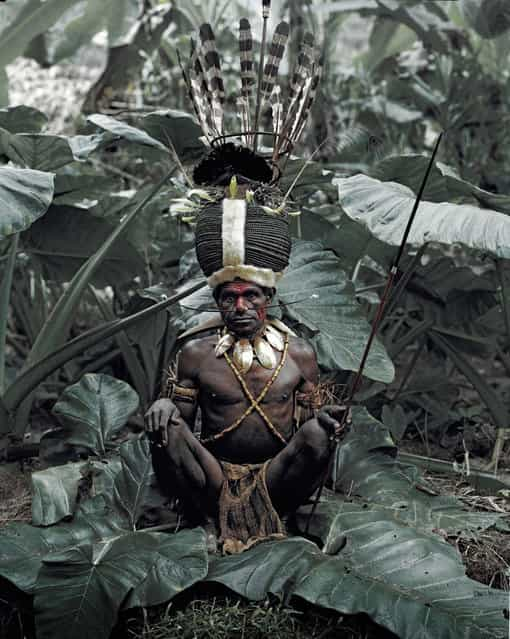

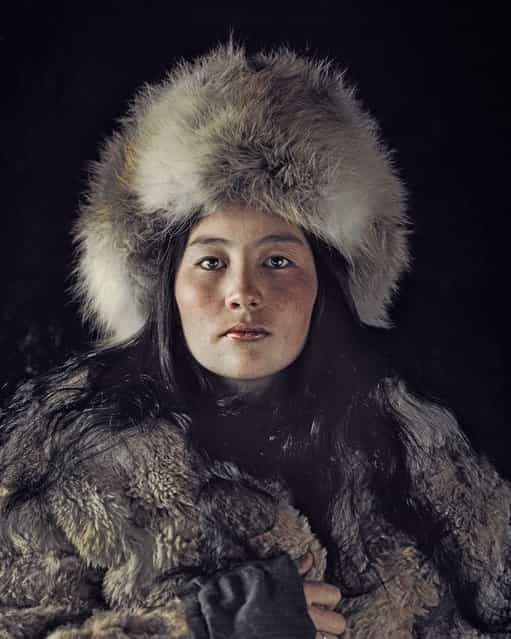
![The Kazakhs are a semi-nomadic, pastoral people. Many families move several times a year with their herds between fixed seasonal settlements. Others with smaller herds stay closer to their winter home during the summer but will nevertheless set up a yurt (kiiz yi, meaning [felt house]). The summertime yurt (and to a lesser extent the winter house) is richly furnished with embroidered, felt and woven textiles. (Jimmy Nelson) The Kazakhs are a semi-nomadic, pastoral people. Many families move several times a year with their herds between fixed seasonal settlements. Others with smaller herds stay closer to their winter home during the summer but will nevertheless set up a yurt (kiiz yi, meaning [felt house]). The summertime yurt (and to a lesser extent the winter house) is richly furnished with embroidered, felt and woven textiles. (Jimmy Nelson)](http://img.gagdaily.com/uploads/posts/edu/2013/thumbs/00010763_medium.jpg)
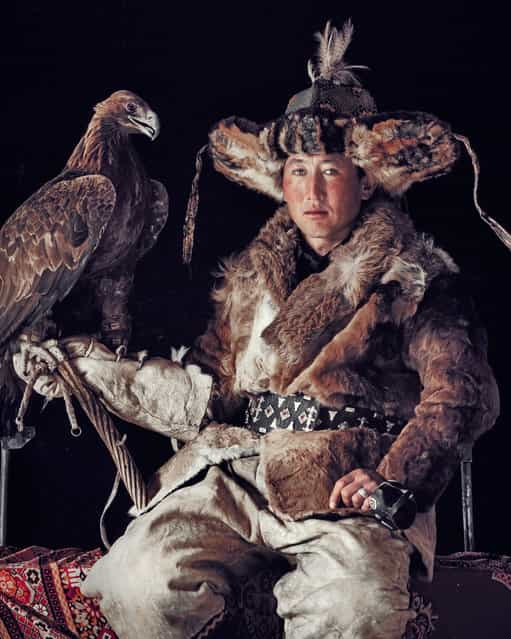
![[Maori]. The long and intriguing story of the origine of the indigenous Maori people can be traced back to the 13th century, the mythical homeland Hawaiki, Eastern Polynesia. Due to centuries of isolation, the Maori established a distinct society with characteristic art, a separate language and unique mythology. (Jimmy Nelson) [Maori]. The long and intriguing story of the origine of the indigenous Maori people can be traced back to the 13th century, the mythical homeland Hawaiki, Eastern Polynesia. Due to centuries of isolation, the Maori established a distinct society with characteristic art, a separate language and unique mythology. (Jimmy Nelson)](http://img.gagdaily.com/uploads/posts/edu/2013/thumbs/00010765_medium.jpg)
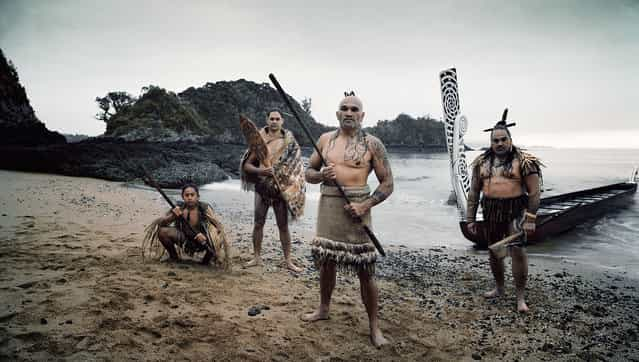
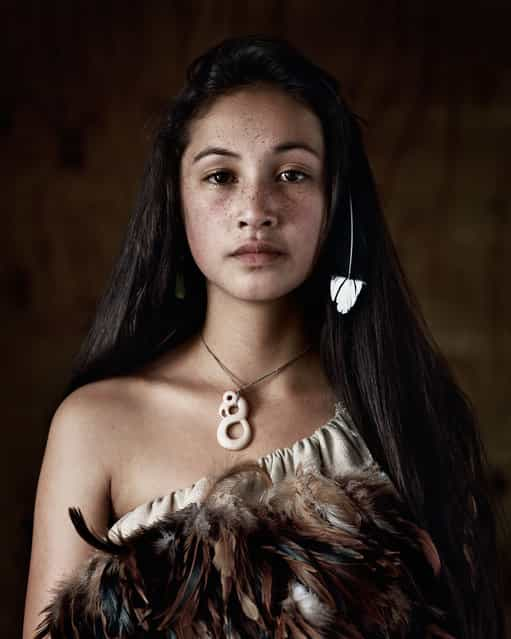
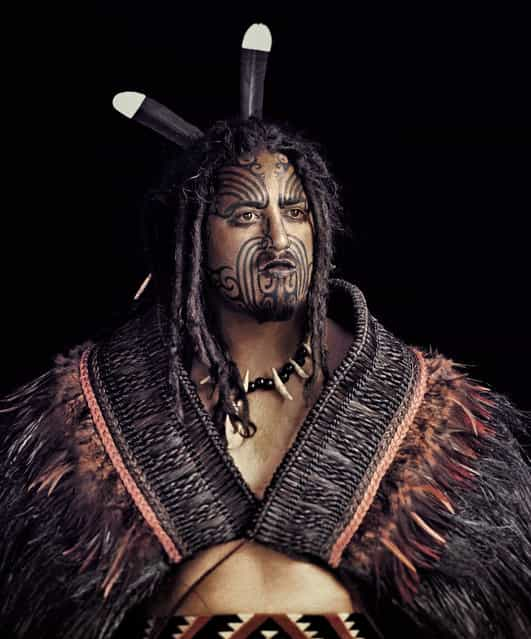

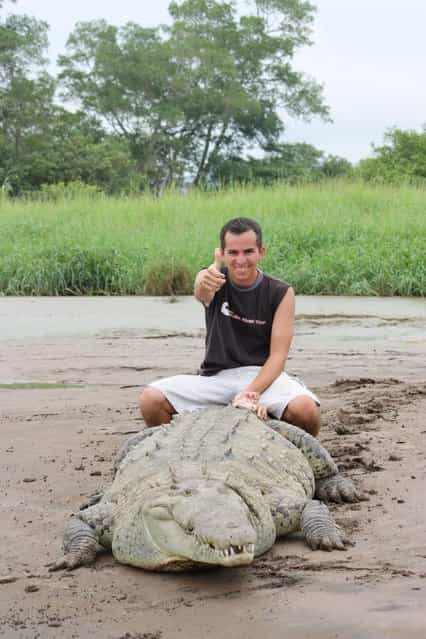





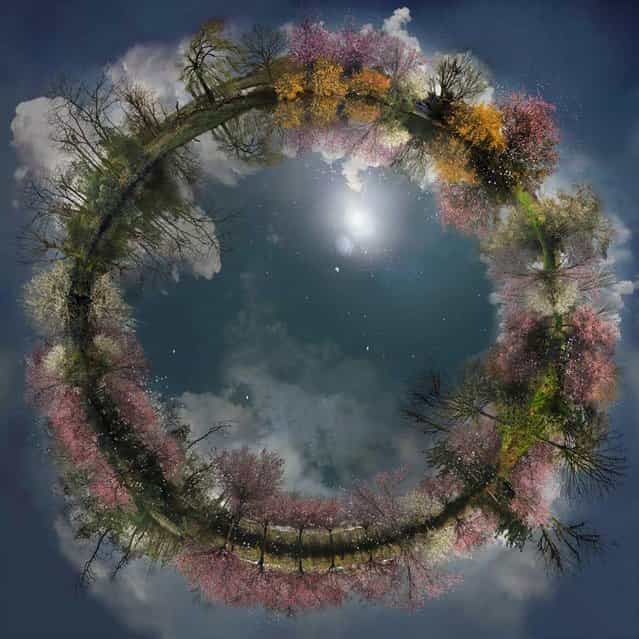

![Rare [Hybrid] Total Solar Eclipse Rare [Hybrid] Total Solar Eclipse](http://img.gagdaily.com/uploads/posts/fact/2013/short/00010c55_medium.jpg)





